Spray Field Restoration Begins at Blue Hole Regional Park
If you’ve visited Blue Hole Regional Park recently, you’ve probably noticed the fenced-off area on the north end of the park known as the spray field. This site has been part of Blue Hole’s landscape for nearly four decades. Constructed in 1987, the spray field predates the park itself and was incorporated into the property when Blue Hole was established. For years, it served an important, but not very glamorous, role in Wimberley’s wastewater treatment system.
Now, after decades of service, the spray field has officially been decommissioned thanks to recent upgrades to the City’s wastewater infrastructure. That means this 3-acre area can finally transition from a utilitarian space into something far more beautiful, functional, and ecologically meaningful.
What’s Happening Next?
Over the next several months, Blue Hole staff will begin a multi-step restoration process to bring this space back to life as a native prairie and wildflower meadow.
1. Removing the Fence
The existing fence was installed strictly for wastewater operations. With the spray field now decommissioned, the fence will come down to reconnect this area to the surrounding parkland. This will open up views, improve wildlife movement, and create a natural transition to the nearby trail system.
2. Mowing & Tilling the Site
Years of inactivity have allowed invasive and non-native grasses to take hold. To prepare the ground for reseeding, our team will mow the entire spray field and then lightly till the soil. This step helps break up compacted ground and clears space for native seeds to take root.
3. Seeding a Native Prairie & Wildflower Mix
The most exciting part: transforming the spray field into a thriving Hill Country prairie.
We’ll be planting a diverse mix of Texas native grasses and wildflowers—species that support pollinators, improve soil health, and better reflect the ecological character of the Wimberley Valley. Over time, this area will become a colorful seasonal display and a high-quality habitat for birds, butterflies, and other wildlife.
Visitors can expect to see species like little bluestem, sideoats grama, plains coreopsis, lemon mint, and other beloved natives slowly establishing over the next 1–3 years.
Why This Restoration Matters
Restoring the spray field is about more than removing a fence—it’s about giving this land back to the ecosystem.
-
Improved biodiversity: Native prairie plants support insects, birds, and small mammals that depend on these habitats.
-
Better water infiltration: Deep-rooted native grasses improve soil structure and reduce runoff.
-
Authentic Hill Country feel: This project brings Blue Hole closer to what this landscape once looked like.
-
A more beautiful park: The former spray field will become a scenic open space for everyone to enjoy.
What Visitors Should Expect
As with any restoration project, the site may look a little bare at first. That’s normal. Native prairies take time to establish, often growing roots before they grow tall.
Over the next few years, you’ll see waves of color, shifting plant communities, and—eventually—a full, healthy prairie ecosystem emerging where a wastewater field once stood.
We’re excited to give this long-standing piece of park history a new purpose.
If you have questions about the project or want to learn more about ways to support native habitat restoration at Blue Hole Regional Park, feel free to reach out at [email protected]
A healthier, more resilient park is growing (quite literally) right in front of us.

